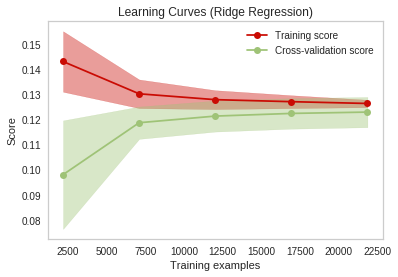Project Luther
Predicting Neighborhood Stability via Property Tax Assessment Data
Project Goals
- Can we predict neighborhood stability?
- Let's use time since the last sale of a house as a proxy.
- Can we predict this from available property tax data?
- First, can we accumulate enough property tax data?
Web Scraping
- The Will County website has the data we need.
- Extracting data is straightforward if you have the address or PIN.
- But guessing these can be slow.
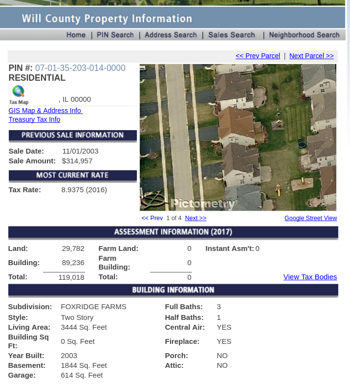
Web Scraping
Methods and Tools
- A bit of AJAX Hijacking
- Scrapy Spiders - parallel
- MongoDB for storage
Results
- ~60,000 records
- ~25% of all households
- Is this enough?
- Yes, as we'll see...
Linear Regression
- Can we predict "Longevity" (time since last sale)?
- Not very well.
- The mean "Longevity" is about 13 years.
- The typical error of the better models was 5 years.
Learning Curves
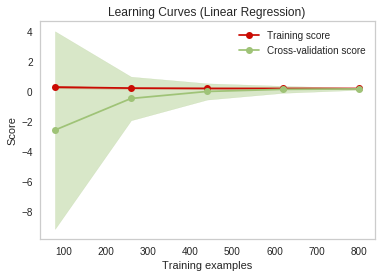
- The model converges quickly.
- More data is likely not going to help.
Learning Curves
- With more data, we continue to see huge variance.
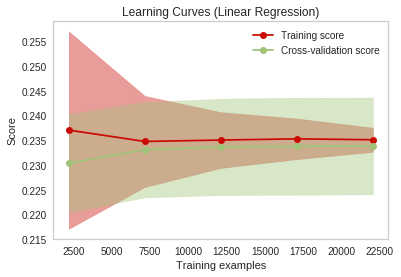
Poorly correlated features?
Correlation Matrix Snippet
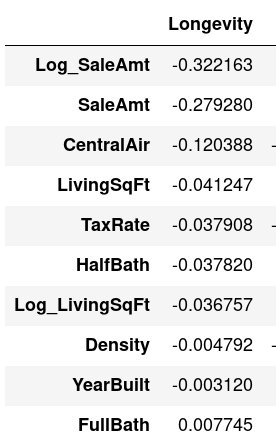

- Most of our features have poor correlation with our target.
- Feature evaluation confirms Sale Amount is the strongest signal.
Linear Regression - Assumptions
Have we met the key assumptions for Linear Regression?
- Linear relationship
- Multivariate normality
- No or little multicollinearity
- No auto-correlation
- Homoscedasticity
Homoscedasticity

Collinearity
- There were several groupings or clusters of similar things among the features.
- For each of these all but one of the features were removed.
Normally distributed features?
- Several features were transformed via a log function.
- Outlier removal followed.
Normally distributed features?
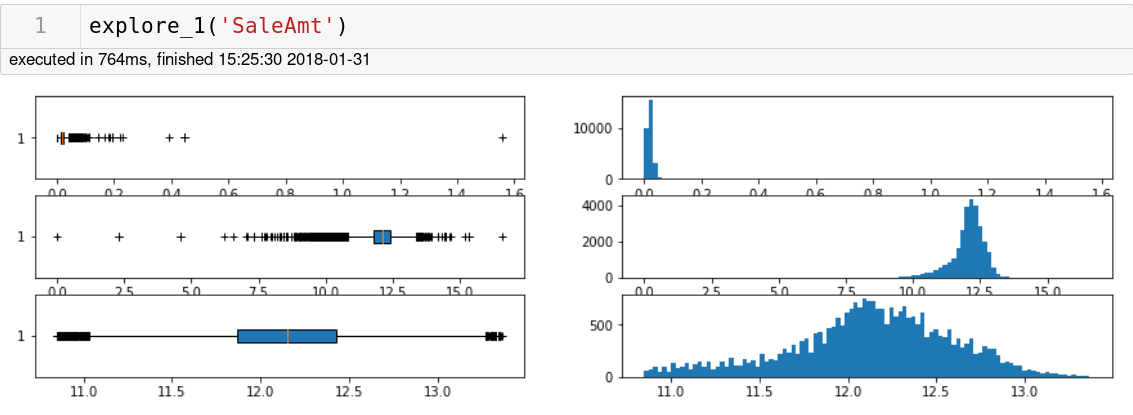
Normally distributed target?
- The target also wasn't very guassian.
- Transforming didn't improve the modeling.
Normally distributed target?
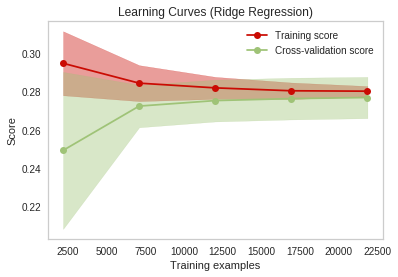
Normally distributed target?
